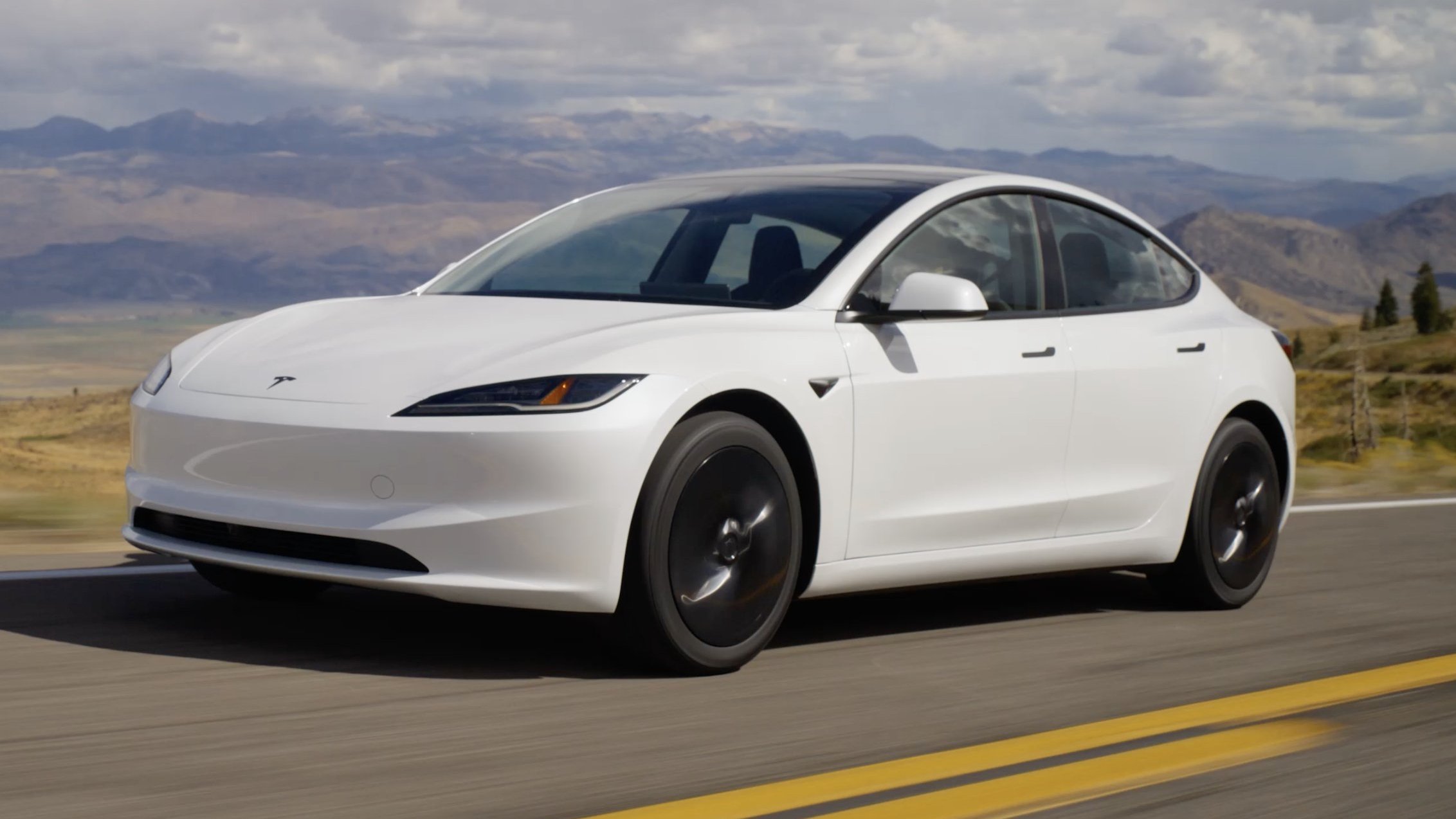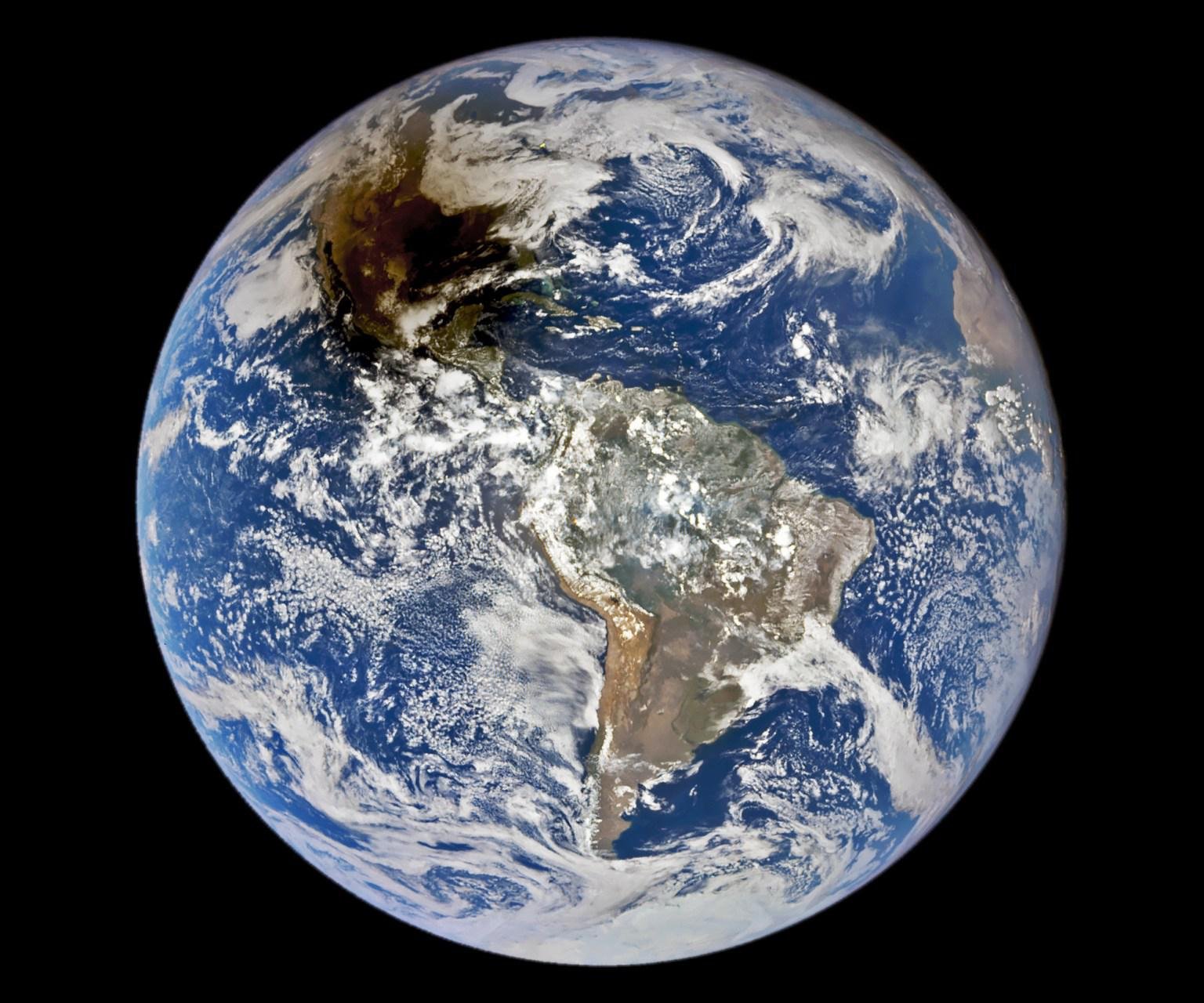Are you ready for the beauties of the month? The James Webb space telescopes, Hubble, and the camera on the Deep Space Climate Observatory space weather station are responsible for October’s standout images.
The collaboration between the American (NASA), Canadian (CSA) and European (ESA) space agencies and the universities responsible for compiling astronomical data supports another exhibition of beautiful images and news from space. The moment when the Moon extended its shadow over our planet during the annular solar eclipse on October 14.
Although there are many photos circulating on the Internet showing the Sun at the highest point of the event, the multicolor camera at the Deep Space Climate Observatory (DSCOVR) weather station, with the intervention of our natural satellite to the Sun, presented us with a new image. perspective of the event. heavenly By capturing the shadow cast by the Moon over North America.
5 amazing images from NASA in October
We cannot deny that the annular solar eclipse is the biggest astronomical event of the month, but for fans of the cosmic record, the month of October has reserved other beauties that will fill our eyes with awe and awe of the universe. Check it out below!
Virgo Galaxies
Hubble Telescope continues its quest to explore the universe this month Images of galaxies in the constellation Virgo were provided. The NGC 4654 galaxy, located 55 million light-years away from Earth, is considered an “intermediate” galaxy due to the properties of its heterogeneous edges.
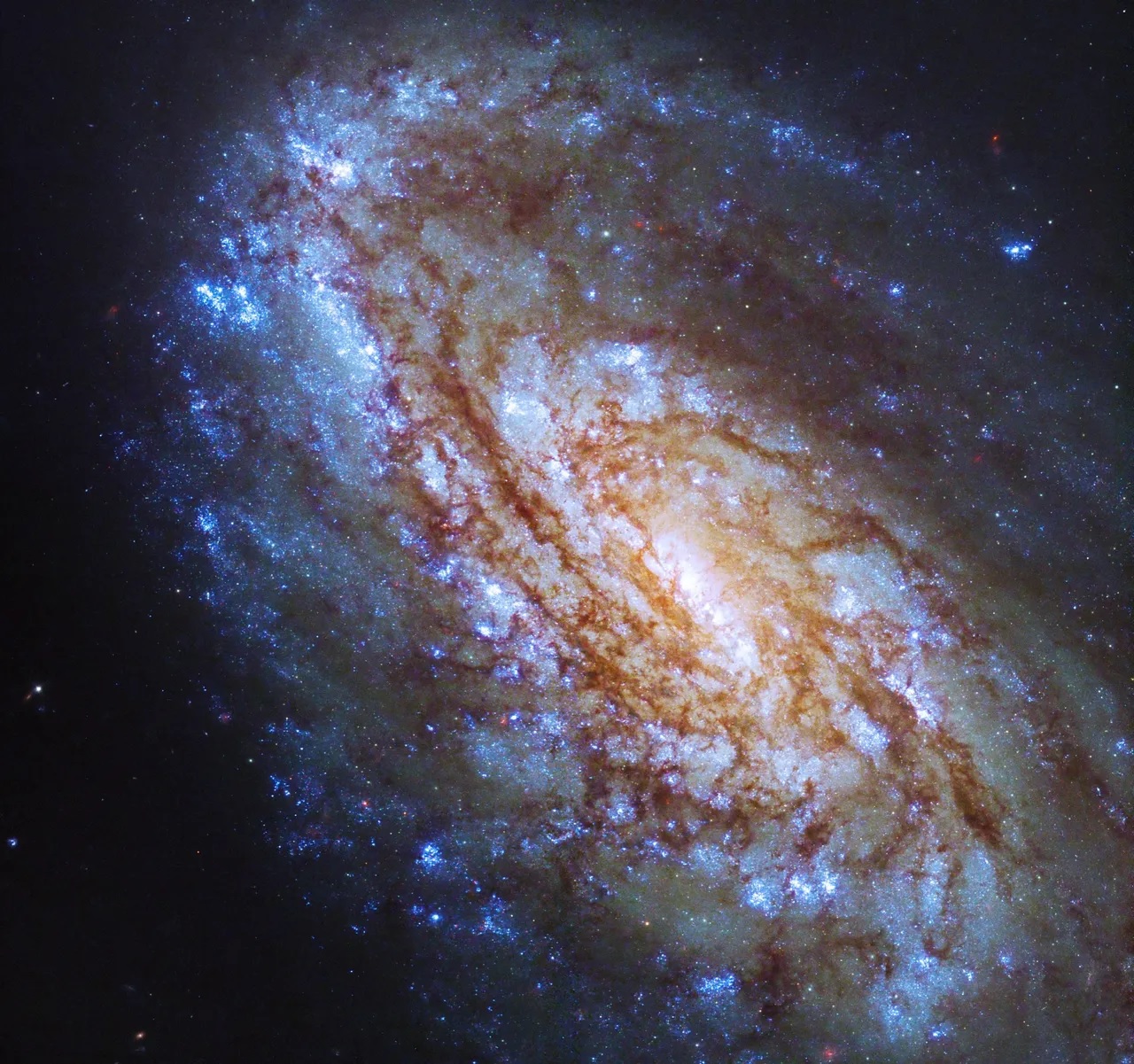
It is part of a galaxy cluster in the constellation Virgo; Here NGC 4654 is believed to have gravitational interactions with its neighbor NGC 4639, stealing some gas and limiting star formation in one of the bars of this galaxy.
Jupiter’s atmosphere
The James Webb Telescope puts together another piece of the Jupiter puzzle with each new view. Analyzing data from JWST’s NIRCam (Near Infrared Camera), the team discovered a high-speed current in the gas giant’s atmosphere over its equator.
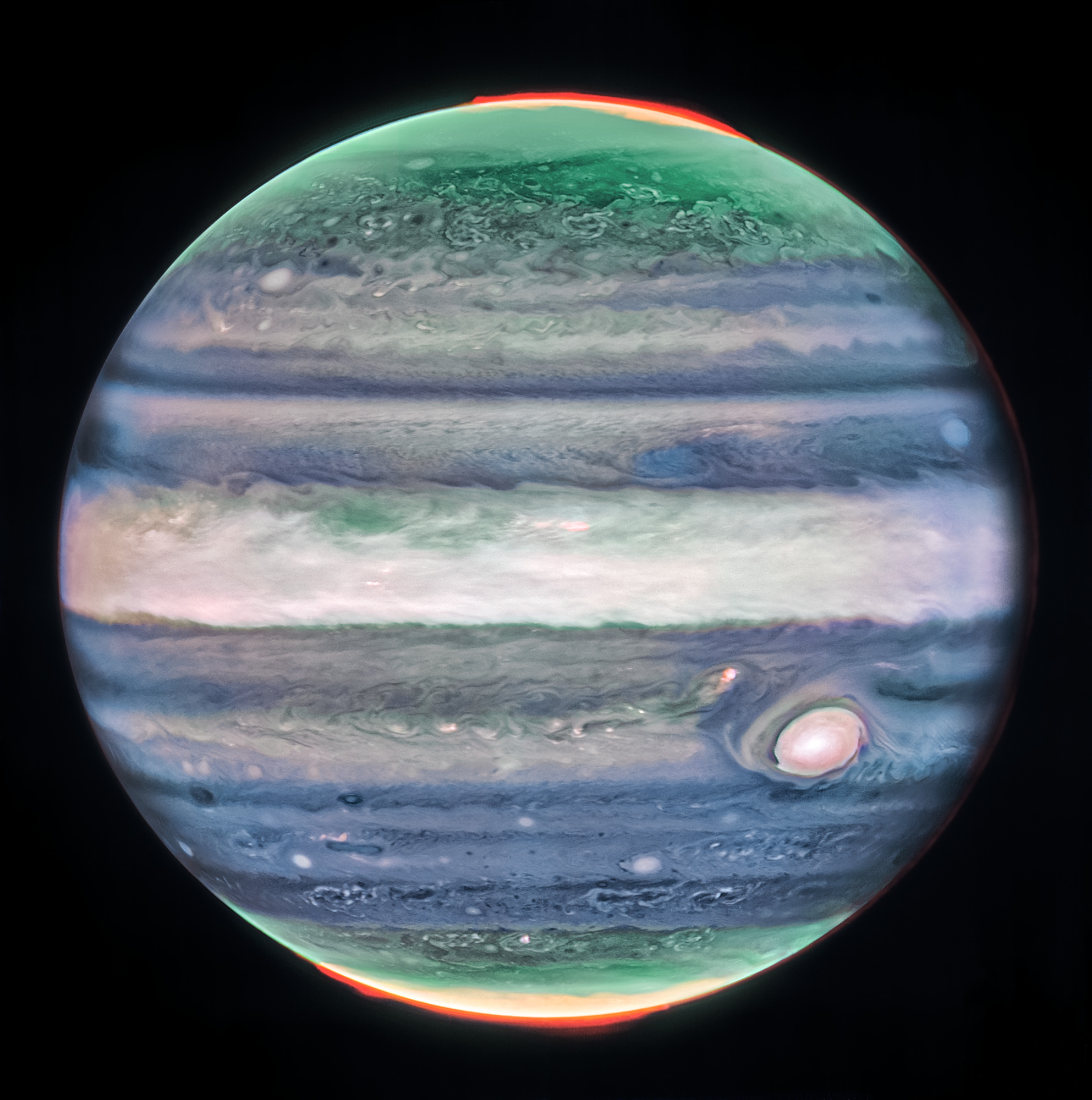
Speed comparison and calculation It was only possible thanks to the comparison between Webb’s data and the data obtained by Hubble. This is the first time this event has been observed on the planet and provides more clues about how its turbulent atmosphere works.
Orion Nebula
JWST’s NIRCam still in use, NASA photos show A complete survey of the Orion Nebula in spectacular color at long beam exposure. The interaction of cosmic rays with dust, gas, and other suspended molecules gives the image colors that trend toward green, purple, and red.
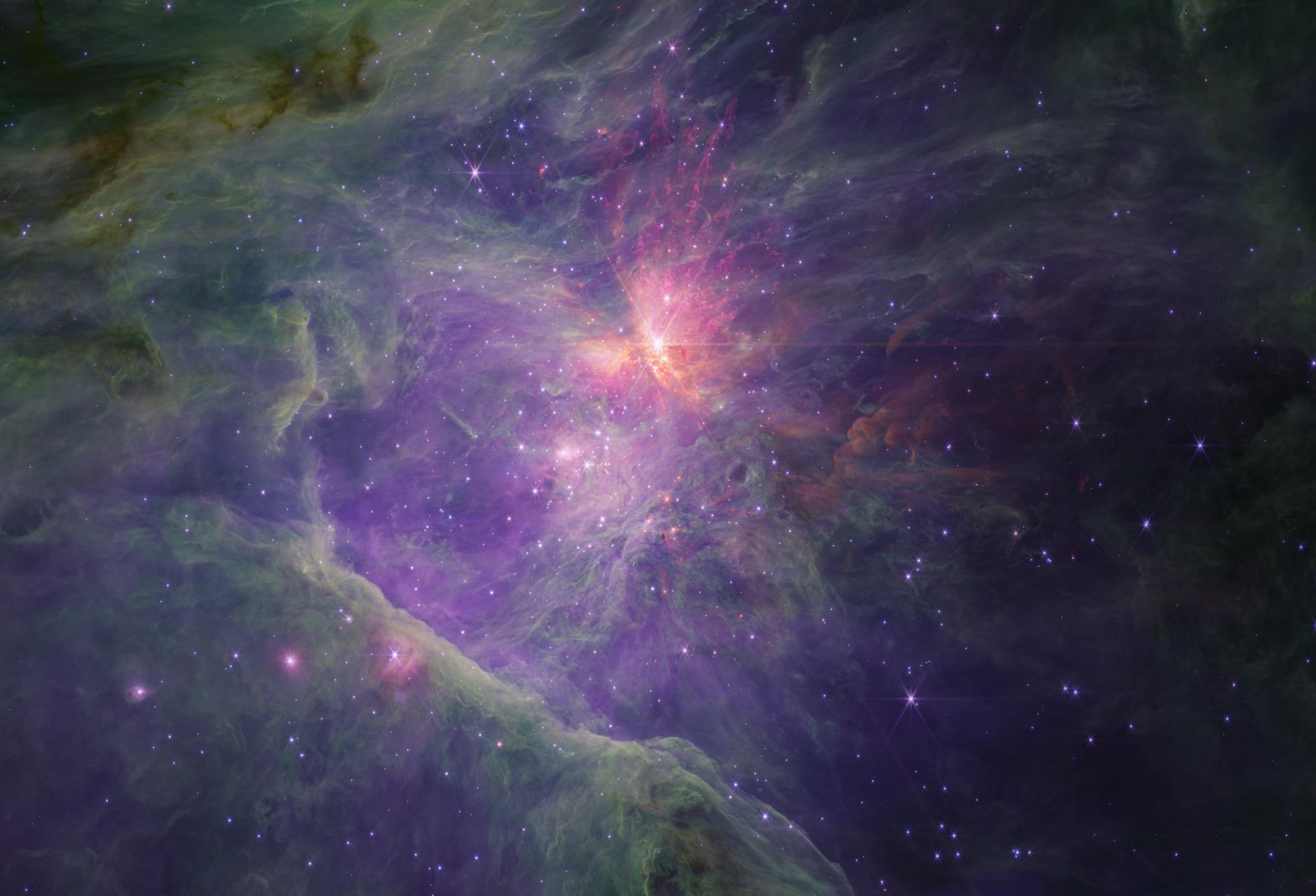
G35.2-0.7N, birthplace of the massifs
The G35.2-0.7N region is known to be a producer of massive stars. It is possible to see a protostellar jet in the photo taken with the Wide Field Camera 3 on Hubble.
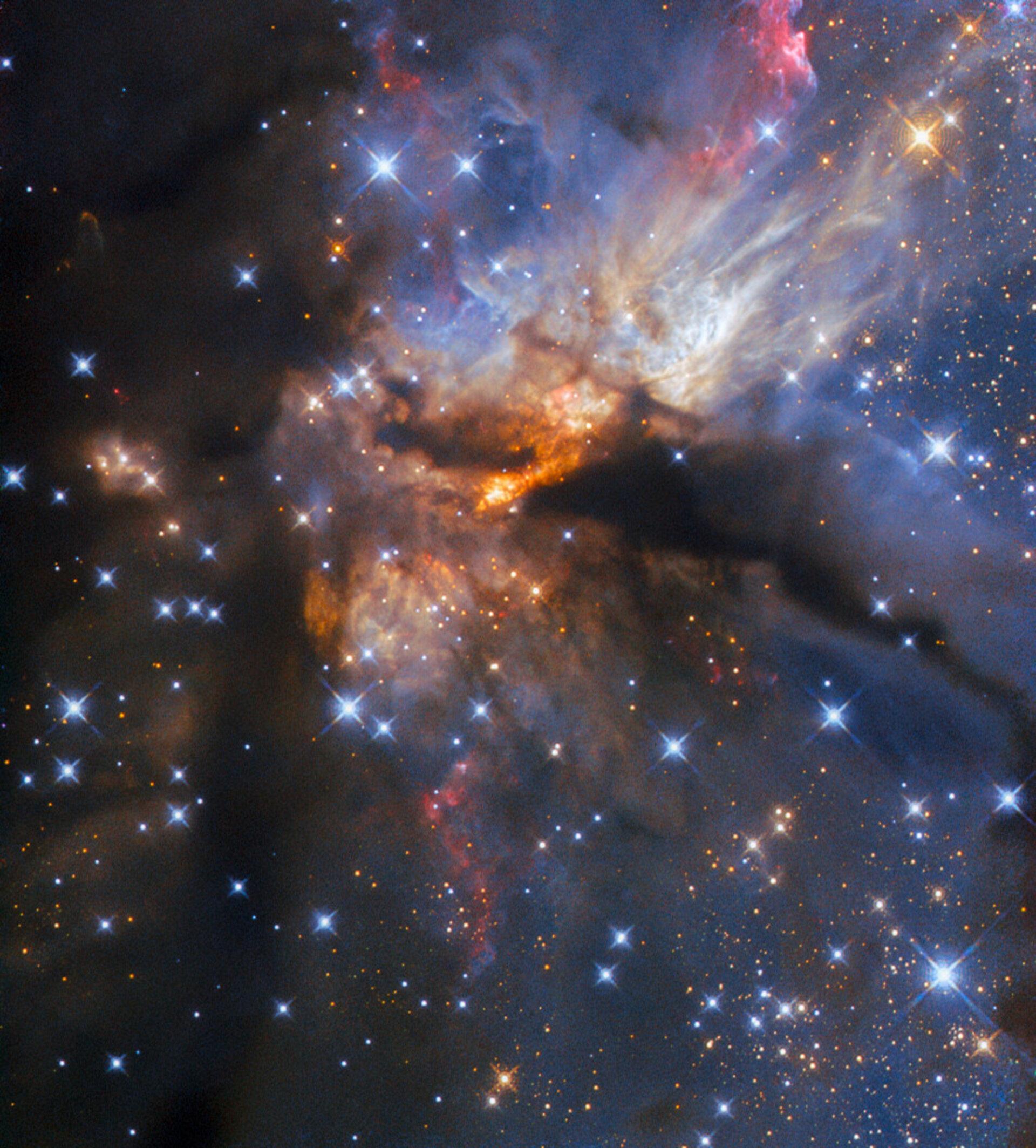
The study of this particular region seeks to explain how these early stellar jets worked, their ejection mechanisms, and how the particles and matter behave in each event.
Crab Nebula
To close out the month with a flourish, the James Webb Space Telescope gave us: A beautiful view of the Crab Nebula. The nebula, recorded by astronomers in the 11th century, is still studied by scientists today.

By delving deeper into the studies of the birth of the Crab Nebula, scientists are trying to better understand the effects of supernovae on their behavior and the subsequent conditions.
October’s images represent not only the beauty of the universe, but also the advances we have made as technology advances to make increasingly detailed observations of the cosmos.
What are your favorite images of the month? Tell us about social media! If you love photos of the universe, be sure to check out the collection of free Solar System posters published by NASA. Stay tuned to TecMundo for more content about the universe.
Source: Tec Mundo
I’m Blaine Morgan, an experienced journalist and writer with over 8 years of experience in the tech industry. My expertise lies in writing about technology news and trends, covering everything from cutting-edge gadgets to emerging software developments. I’ve written for several leading publications including Gadget Onus where I am an author.


